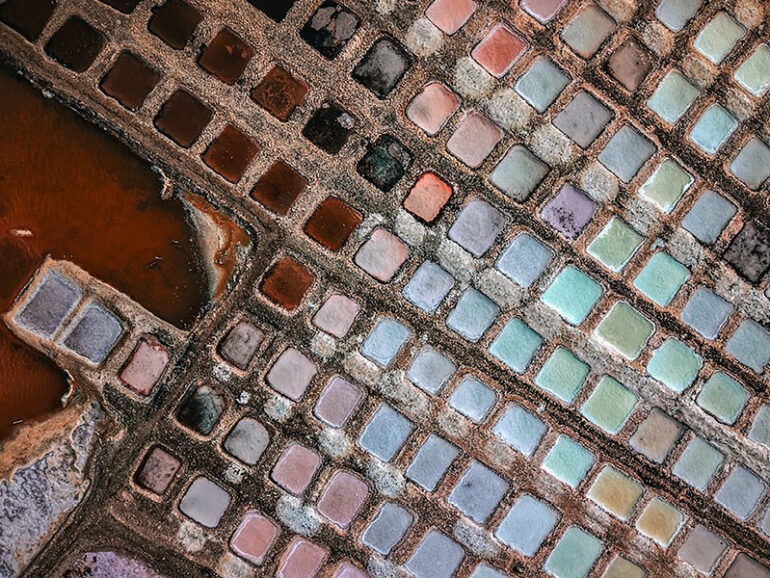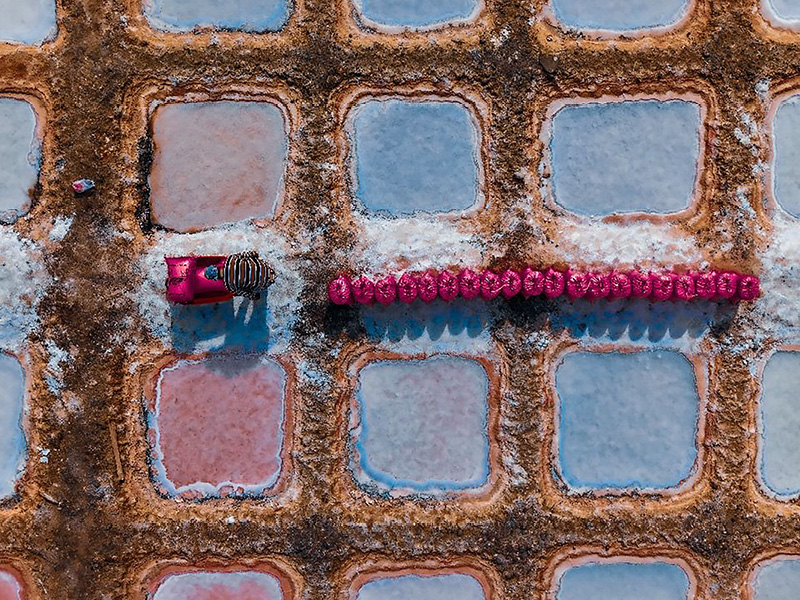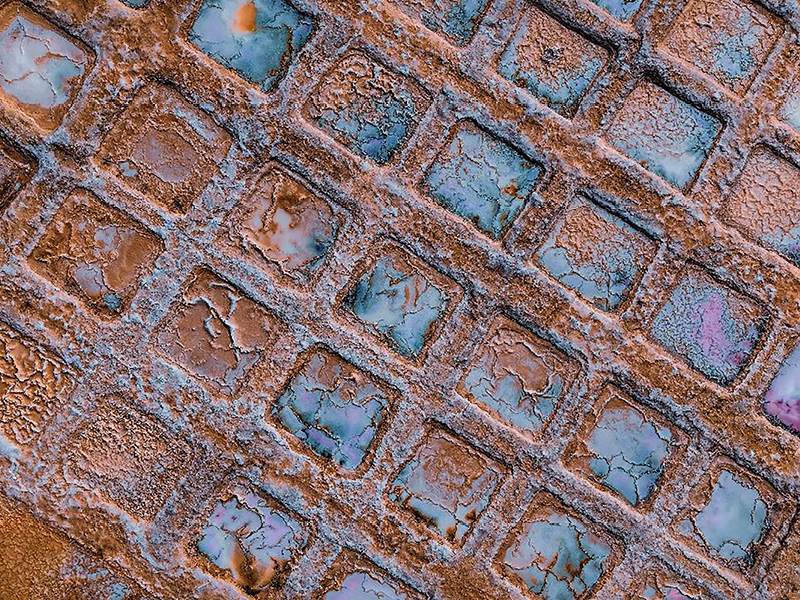 By OUR CORRESPONDENT
By OUR CORRESPONDENT
Muscat – Omani photographer Haitham al Azri has merged his love for photography and exploration to capture the timeless beauty of Khor al Milh in Quriyat. Using a drone in the early hours of October 13, Azri documented one of Oman’s most remarkable natural and historical sites from a striking new perspective.
Located about 6km south of Quriyat near the town of Dagmar, Khor al Milh – or Salt Creek – is famed for its natural salt pans that have sustained generations of local families. Today, it remains one of the wilayat’s most recognisable attractions, drawing visitors from across Oman and abroad.

“When viewed from above, Khor al Milh appears like a work of art painted by nature,” Azri told Muscat Daily. “The ancient salt marshes and their symmetrical basins tell the story of the Omani people and their ingenuity in using the environment to support their livelihoods.”
Archaeological studies indicate that Khor al Milh was inhabited as far back as the fourth and third millennia BC, making it one of the oldest known sites of civilisation in the region. The salt pans, carved into square and rectangular pools, form mesmerising geometric patterns, with salt crystals shimmering under the sun.

Azri explained that salt extraction in Quriyat continues much as it did in ancient times. “The process of collecting, drying and packaging salt has hardly changed,” he said. “The water feeding the pools rises naturally from underground, producing salt of exceptional purity and quality that remains highly sought after across the sultanate.”
The salt-making process depends entirely on sunlight and heat. Summer is the most productive season, when each basin yields between five and ten jawanis (bags) of salt, each weighing around 35kg. In the cooler months, evaporation slows, reducing production.
Locals still refer to various areas of the site by their traditional names – Al Marqout, Al Jawari, Al Hafr, and Al Maqal – each reflecting a chapter of the land’s deep cultural connection with its people.

Determined to preserve such stories through his craft, Azri continues to focus his lens on Oman’s diverse natural heritage. “Capturing these landscapes helps promote domestic tourism and highlights the economic and cultural significance of these sites,” he said. “Khor al Milh is part of Oman’s story – one that deserves to be shared with the world.”
For Azri, the project carries personal meaning that goes beyond photography. “Each image is a piece of memory,” he said. “Through my lens, I want to remind my community – especially the younger generation – of the beauty and history that surround us. These photos are a tribute to our ancestors who shaped the land and lived in harmony with it.”
© 2021 Apex Press and Publishing. All Rights Reserved. Powered by Mesdac